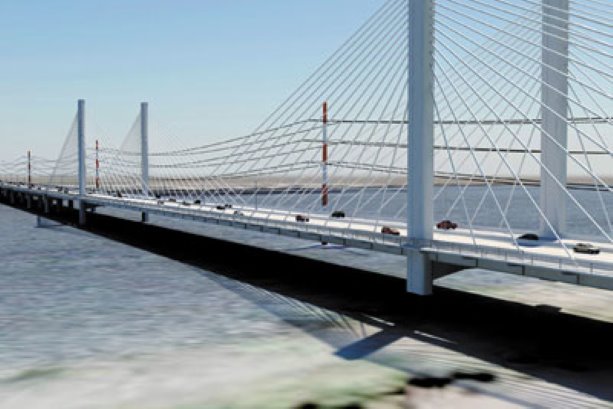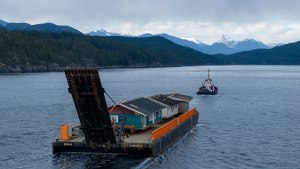Over the next few years, public and corporate eyes will be focused on the consortium that secured the contract from the Quebec government to build the first private-public partnership highway project in the province — the Highway 25 extension.
MONTREAL
Over the next few years, public and corporate eyes will be focused on the consortium that secured the contract from the Quebec government to build the first private-public partnership highway project in the province — the Highway 25 extension.
On Sept. 24, the consortium — Concession A25 S.E.C., consisting of the Australian Macquarie Group (financing), Kiewit-Parsons (design-build construction) and Miller Paving (long-term maintenance), signed the agreement and set the clock ticking on the project.
Construction is expected to be completed by July 2011.
The other members of the consortium are St. Lawrence Cement and Genivar, a Montreal-based engineering firm. The completion date could be extended if environmental activists delay the start of construction by legal challenges.
The $207 million project (the net present value), including the maintenance, will see the consortium build a 7.2-kilometre four-lane highway and a six-lane 1.2 kilometre bridge linking Laval and Montreal Island across Rivière des Prairies. The extension will unite Highway A-440 in Laval and Henri Bourassa Boulevard in Montreal.
The length of the contract to manage the highway, including the time spent on construction, is 35 years. The consortium will be paid through construction and availability payments. The government plans to cover those payments via tolls, which will be collected by TransCore.
“Building the bridge is the complicated part,” said Louis Chapdelaine, a spokesman for Conception A25. “There are nine in-river piers and there is also a 280-metre long cable stay section that is required because we have to span a sturgeon spawning [area] on one end.”
Construction is expected to start this winter. The bridge is span cabled-stay design, a tried and true design that can be found across North America. There is one in Boston, as well as one in Montreal — the Papineau Bridge — which was built in the 1970s, as well as several on the West Coast.
“For the road,” said Chapdelaine, “we will wait until the spring to start laying dirt, but for the bridge, we have to start with a temporary causeway to start putting in coffer dams. The deepest coffer dam is about 18 or 19 feet at the bottom. The bridge will have a concrete deck covered with asphalt pavement.”
In a few weeks, the government will announce the actual construction cost.
In addition to environmental concerns, the consortium will face other construction challenges.
“It’s a very aggressive schedule, but we plan to meet it,” said Chapdelaine.
“For the maintenance, it will be typical highway — picking up debris, snow plowing, maintaining the asphalt and replacing it when it is required.
“We have some very extensive lists of standards that we have to meet annually,” he said.
“There is also an extensive list of the conditions in which the road structure, drainage, bridge and concrete has to be in at the 35-year concession. We have to maintain the bridge to a very high standard.
“You won’t succeed unless you do very aggressive maintenance and make sure that water doesn’t infiltrate through the cracks in the asphalt and then undermines the asphalt, getting into your sub-base and all the damage that is associated with the freeze-thaw process,” he said.
St. Lawrence Cement will be supplying the cement and asphalt. While the Laval side of the highway construction sits on vacant land, the Montreal side has major roads crossing the highway right-of-way.
Chapdelaine says the consortium has a lot riding on the project, which could help it secure future P3 highway projects in Quebec.
“We intend to show that we have a winning team with a winning formula and that we’ll deliver,” he said.











Recent Comments
comments for this post are closed